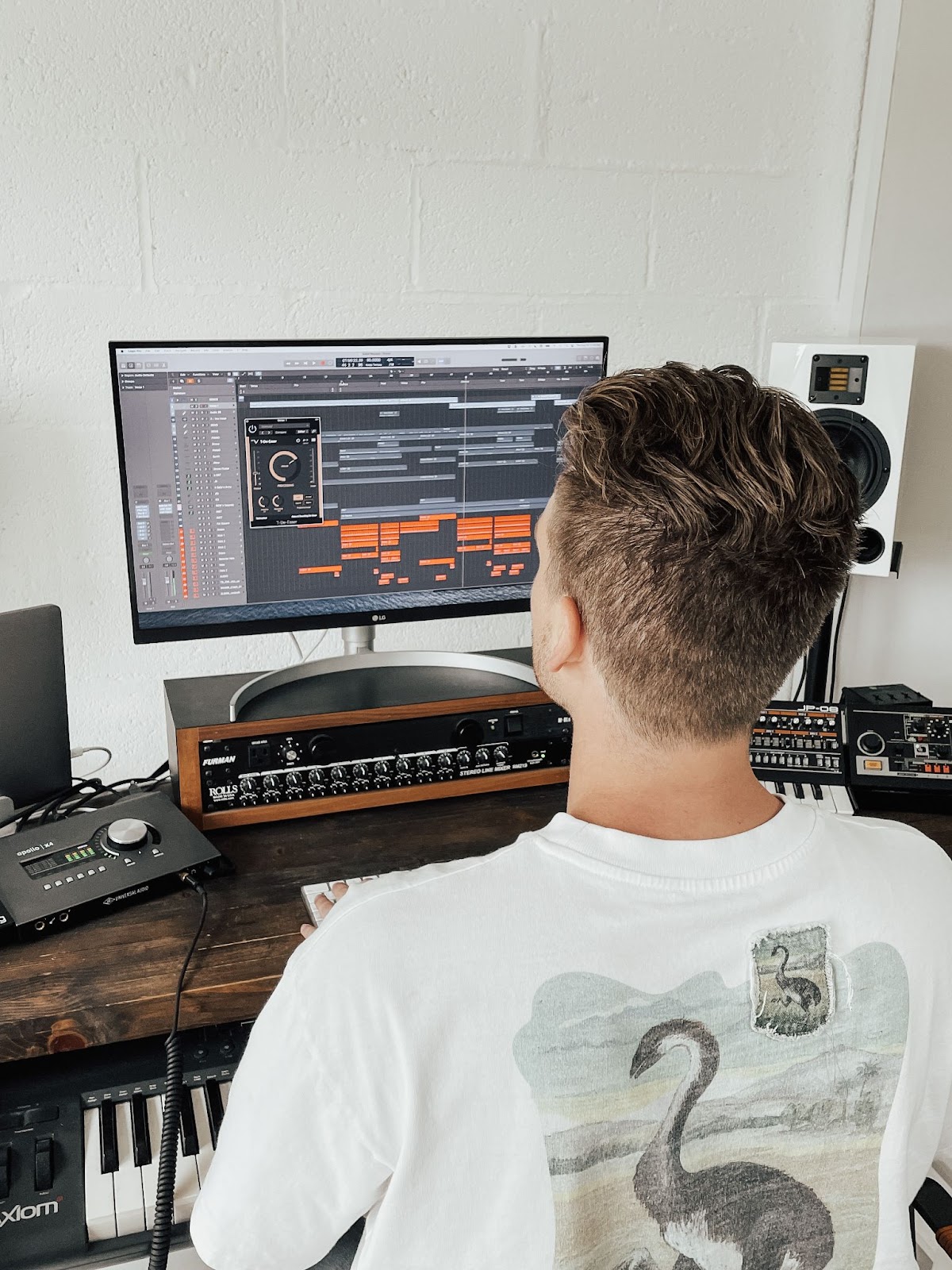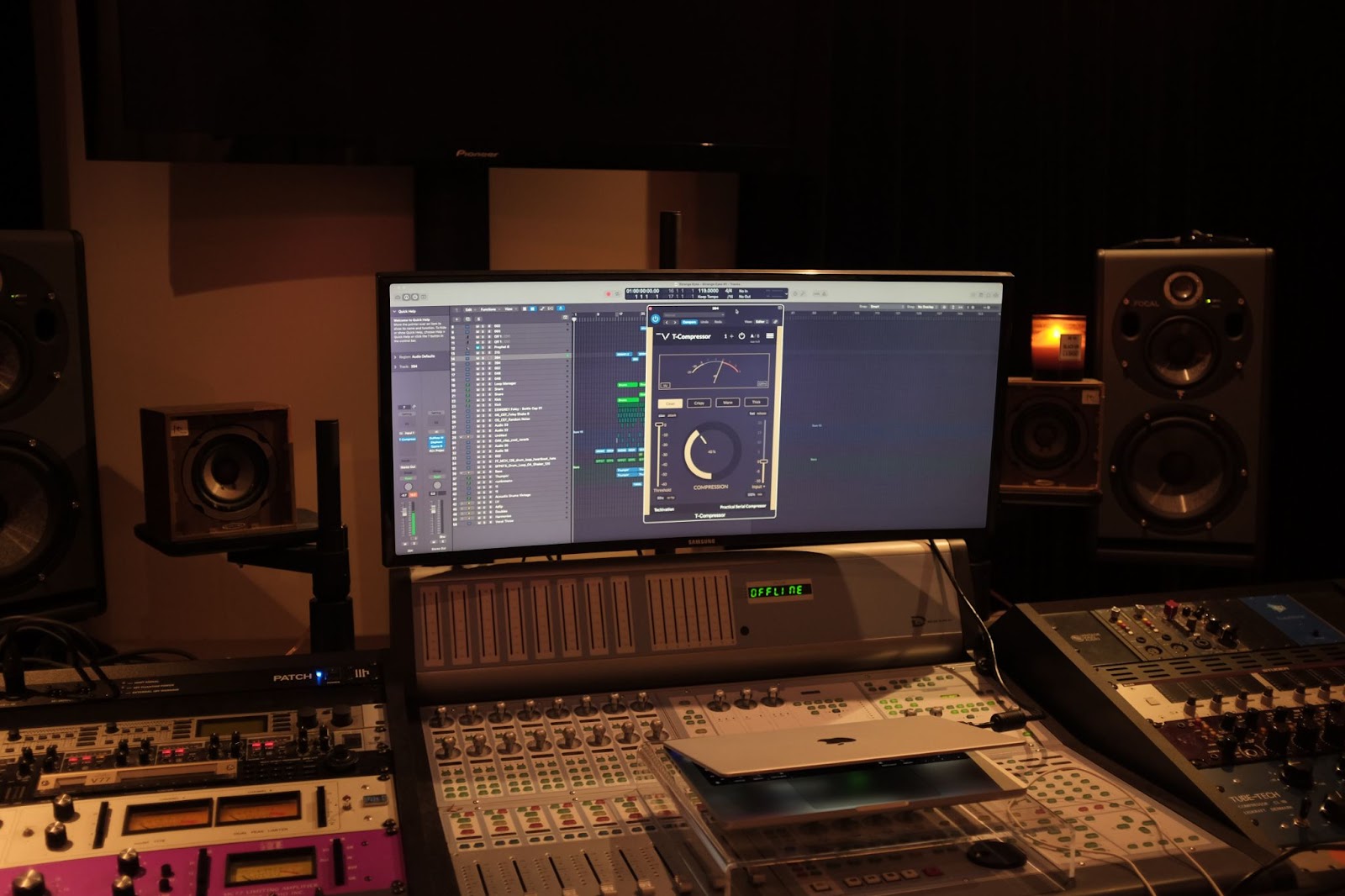Creating and Producing Music on
a Budget with a Melody Maker

As a musician, the process of creating and producing music can be both fulfilling and challenging. One of the main challenges is that it can be an expensive pursuit, requiring investments in a range of equipment, software, and instruments, among other things. The potentially high costs of producing music can often pose a significant barrier to entry, particularly for those who are just starting or trying to create music on a tight budget. Financial limitations even hold back some would-be producers from ever trying in the first place. However, with the advent of new technology, there are now more affordable and accessible ways to create music, and one of these ways is through the use of a Melody Maker. In this blog post, we will explore how you can create and produce music on a budget using a Melody Maker.
What is a Melody Maker?
A Melody Maker is a powerful tool that helps musicians create music without requiring any formal music training or significant investment in expensive equipment. It can provide a variety of pre-programmed chords and scales that can be used to generate harmonies, melodies, and beats for a range of music styles. The use of a Melody Maker is an excellent way for aspiring musicians to create music without sacrificing quality, especially when it comes to budgetary constraints.
What are the benefits of using a Melody Maker?
One of the significant benefits of using a Melody Maker is its cost-effectiveness. As compared to traditional music production methods, which require expensive instruments, recording equipment, and software, a Melody Maker is relatively affordable, accessible and most of all, versatile. Some like Pilot Plugins by Mixed In Key, for instance, come with a built-in library of high quality sound presets to choose from, so you don’t have to go out and spend more money on expensive synthesizers or instruments.
Melody Makers are also time-saving tools, as they allow musicians to quickly generate melodies, eliminating the need for hours of music composition and arrangement. Melody Makers are also typically able to create music across a wide range of styles, including pop, rock, jazz, hip hop, and more, so they serve as great tools to foster experimentation and the broadening of one’s musical horizons.
Melody Makers are also amazing for providing producers with added creative freedom. Users of Melody Makers can adjust the settings inside their plugin of choice to create a sound that suits their unique vision for their music. This means that musicians can use the Melody Maker to create original music that reflects their individual style and creative vision.

How to use a Melody Maker to create and produce music
If you’re new to music production and are interested in using a Melody Maker to create and produce music, here are the steps you can follow:

Conclusion
A Melody Maker can be a powerful tool for musicians who want to create and produce music on a budget. With its user-friendly interface and pre-programmed chords and scales, a Melody Maker can help musicians of all levels create high-quality music without requiring expensive instruments or software.
Overall, a Melody Maker can be an excellent option for musicians who are just starting or looking for a more affordable way to create music. By following the steps outlined in this post, you can use a Melody Maker to create high-quality music and explore your creative potential.